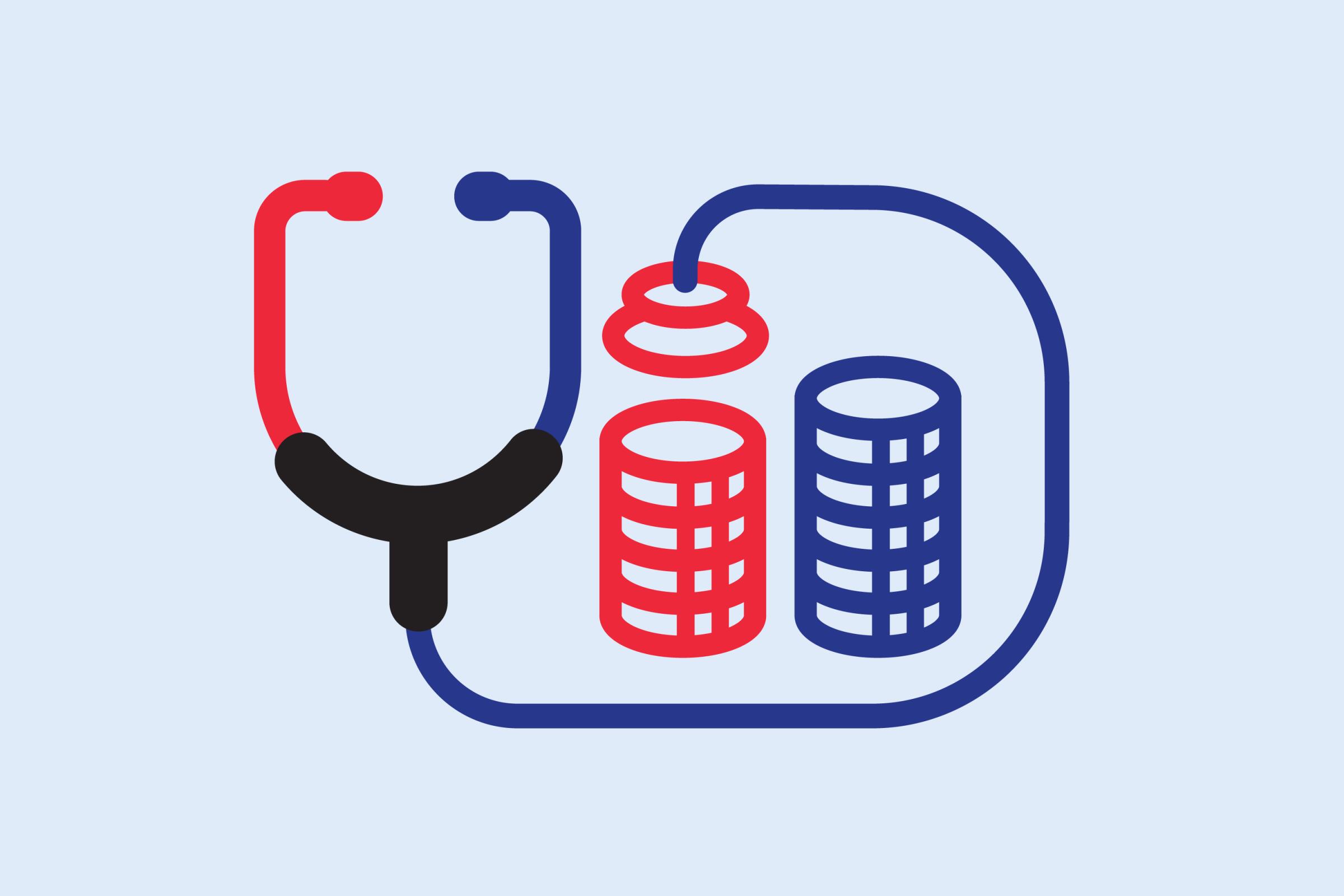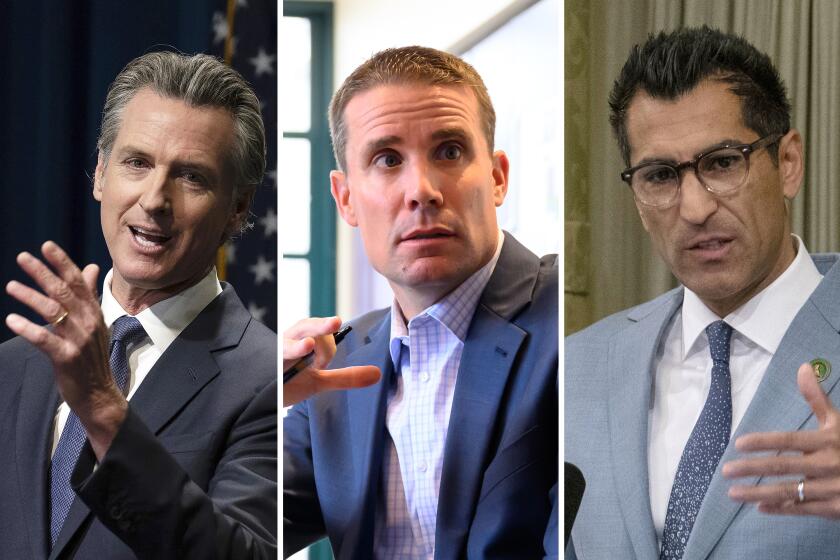Proposition 35 is backed by the Coalition to Protect Access to Care, which includes a range of groups involved in healthcare. Among them are the California Hospital Assn., the California Medical Assn., the California Primary Care Assn., Planned Parenthood Affiliates of California, labor unions, emergency responders and community health centers. Both the California Democratic Party and the California Republican Party support it.
The ballot measure is an opportunity to “invest in providers in a way that would allow folks to expand the patient population” they serve, and for providers already assisting Medi-Cal patients to “expand the services they provide,” said Jodi Hicks, president and chief executive of Planned Parenthood Affiliates of California.
It’s important that “the system as a whole is funded so that patients can get the care they need,” Hicks said. For instance, she said, if a Medi-Cal patient can get a mammogram at a clinic, specialty care also needs to be available if that mammogram shows something is wrong.
California has made strides in expanding who is eligible for Medi-Cal and what services are covered, “but we need to guarantee for folks that if they are on the program, they are able to access those services.”
Erin Kelly, executive director of the Children’s Specialty Care Coalition, told lawmakers that “we fear that without the passage of Prop. 35, Medi-Cal provider rates will remain vulnerable to cuts each year, and medical groups will not have the certainty and the predictability to make meaningful and sustainable investments needed to improve access within the Medi-Cal program for children in need of specialty care.”
























